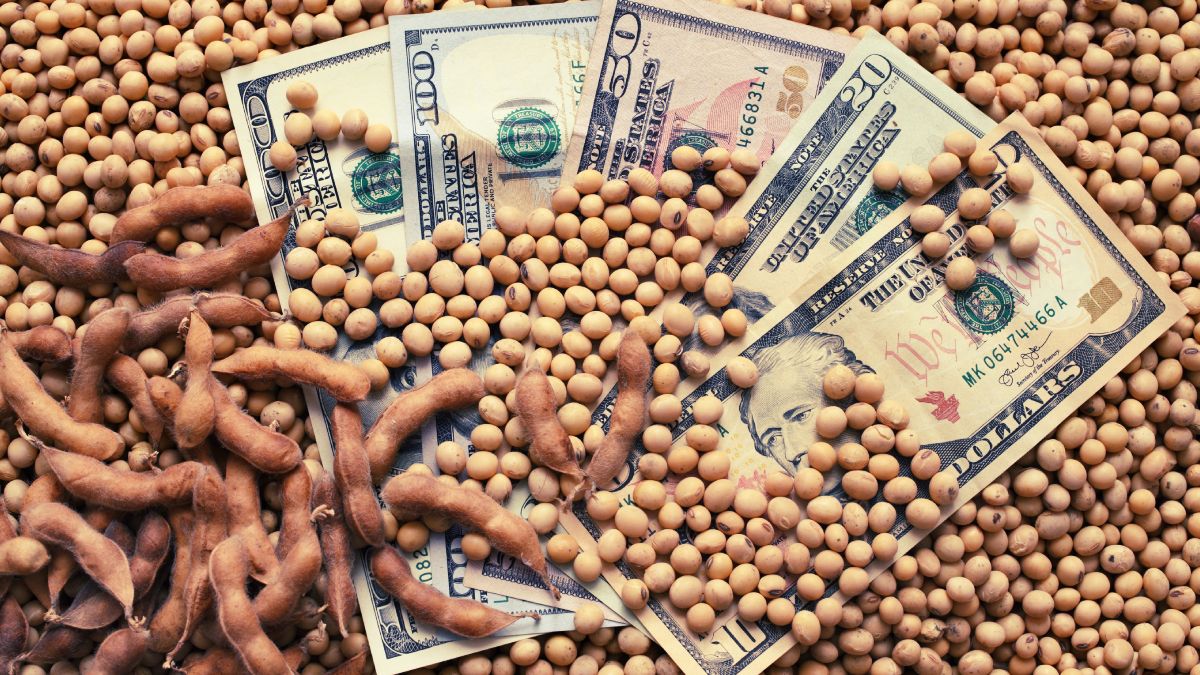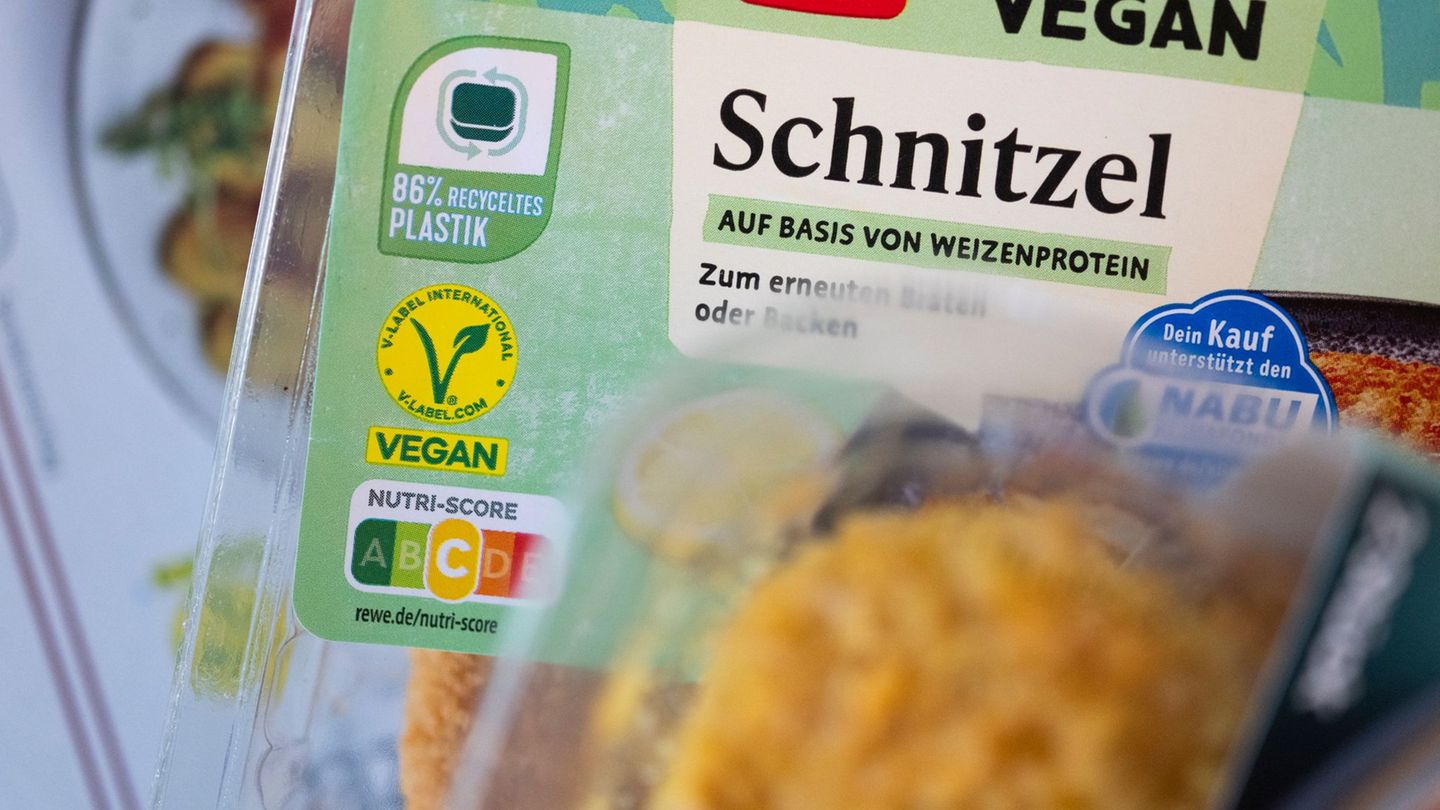The news came days after the goal set with the “corn dollar”which on the Friday before the elections reached US$2,126 million, exceeding the goal of US$2,000 million set by the Government at the end of July. In any case, with the new wholesale dollar at $350, the special exchange rate at $340 provided for in the Export Increase Program was “deactivated”.
In this scenario, the government he informed the agro-export companies that there will be no special exchange rate for soybeansand clarified that all exports will be governed by the wholesale exchange rate.
According to data from the Ministry of Agriculture, So far there are around 9.4 million tons to be sold, which represent some US$5,000 million in foreign currency and is close to 50% of the total oilseed harvest. In the sector, in any case, they warn about the effect that the exchange rate gap (due to the jump in alternative dollars) and the presidential elections on the horizon can have on commercialization.
Due to the impact of the drought, In the first seven months of the year, the complex exporter of grains and by-products settled around 40% less foreign currency than in the same period of 2022. For example, in July, according to Ciara-CEC data, US$1.925 million entered agriculture, 30% less than in the same month of the previous year. In the first seven months of 2023, US$12.956 million entered, compared to US$22.300 million in the same period last year.
Soy: perspectives and inputs
With better weather forecasts, the prospects for the next soybean campaign are more encouraging. In fact, according to a recent report of the Strategic Guide for Agriculture (GEA) of the Rosario Stock Exchange (BCR), “the area dedicated to soybeans will experience an increase, breaking a nine-year streak of continuous decline: Initial estimates point to a planting intention of 17 million hectares, which represents a year-on-year increase of 6.2%”.
“Meanwhile, if the weather conditions are favourable, a production of approximately 48 million tons, in contrast to the 20 million of the 2022/23 cyclewhich marked the worst record of the century, ”the study detailed.
In this way, as a projection, according to the current FOB price of the Secretary of Agriculture (USD 520 per ton), the increase in soybean production could represent US$25.1 billion in foreign exchange earnings. Which means, approximately, some US$10,000 million more than the previous campaign. Although, of course, the final number will depend on the total that is exported, be it grain or value-added products (meal, oil or soybean pellets).
In any case, weeks after the planting of the crop begins, the jump in the official dollar and the parallels, according to sources in the sector, would have generated a brake on the sale of key inputs. As they remark, the commercialization of seeds and fertilizers “stagnated” due to the lack of reference prices.
Source: Ambito




